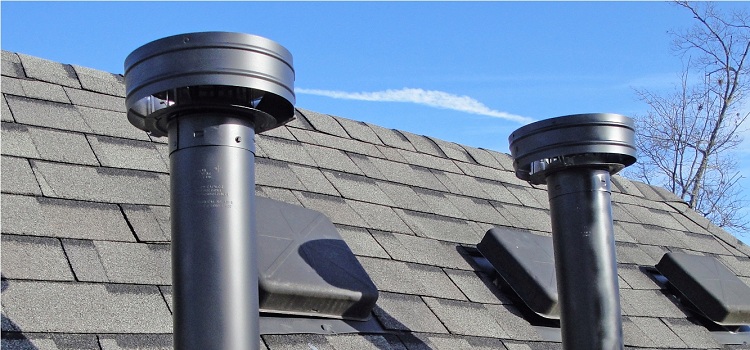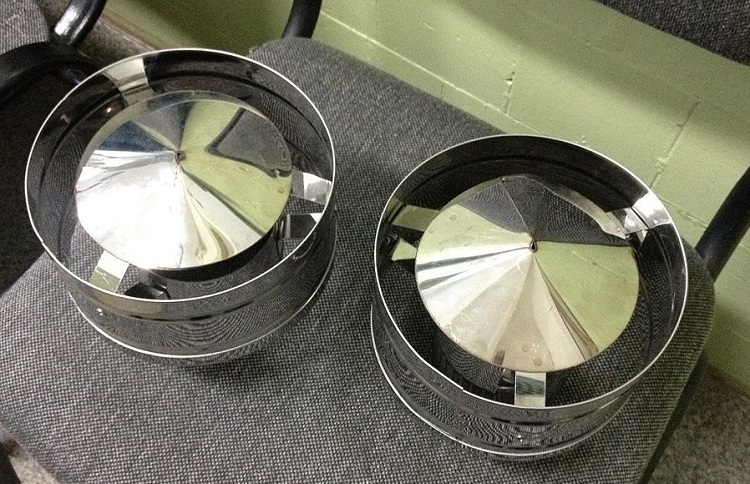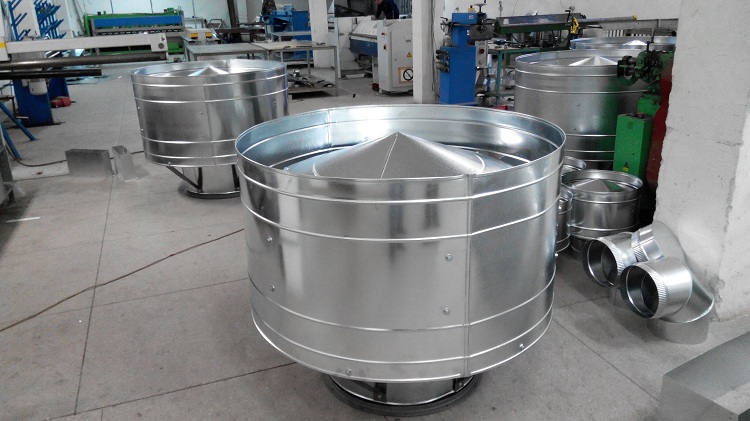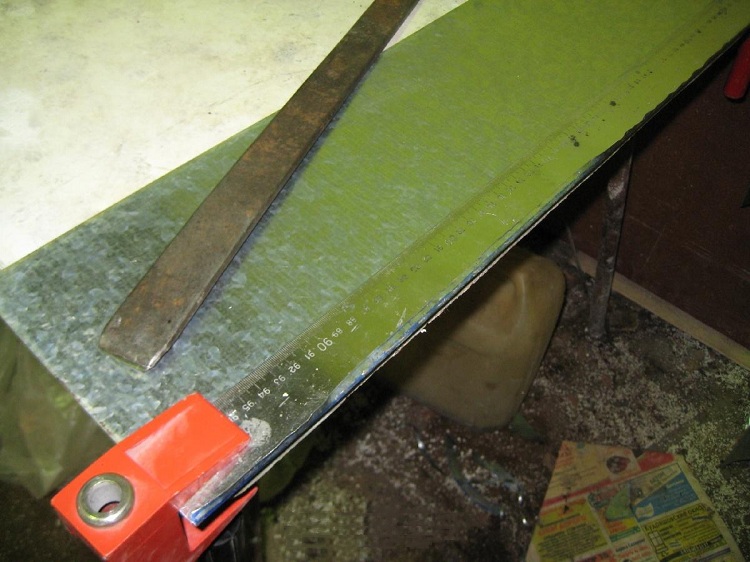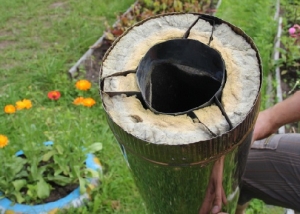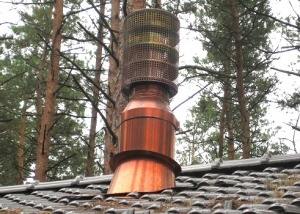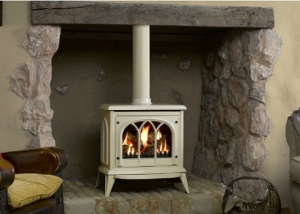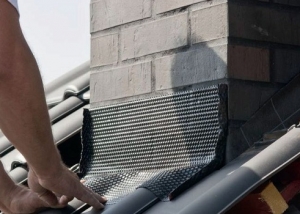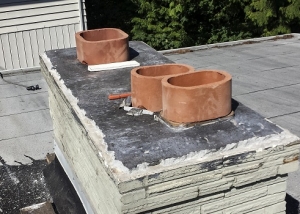The TsAGI deflector is perhaps the most common type of device of this type, designed for better work of the chimney system. The demand for a TsAGI type deflector is explained by its rather high efficiency - a simple device helps to improve the natural draft in the chimney by about 20%, and its installation is not difficult.
Content
Chimney problems and purpose of TsAGI type deflector
A properly equipped chimney with natural draft, as a rule, copes quite successfully with its dual purpose:
- remove gaseous by-products released during the combustion of fuel in the heating device;
- provide the necessary airflow for better traction.
Note! In the work of chimneys, for which there is no forced pressurization, malfunctions are possible when the natural draft and the proper functioning of the chimney and the heating device as a whole are disturbed.
Similar failures can be caused by:
- design errors when an excessively narrowed smoke passage cannot provide the desired level of natural draft;
- installation errors when the chimney is not raised to a height sufficient to generate the necessary pressure and traction in it;
- strong gusts of wind, in which air entering the pipe interferes with natural draft, which can lead to smoke in the room and even the cessation of the operation of the heating device.
The deflector, developed by specialists of the Central Aerohydrodynamic Institute, effectively solves the most important task in the operation of chimneys and ventilation systems of natural motivation. It becomes an obstacle to the wind flow, not letting it pass and creating an area of low pressure. The mass formed in the ventilation or chimney channel rushes into the area with rarefied air, where the level of natural draft increases in this way.
By installing a TsAGI deflector, it is possible to get rid of problems in the operation of the natural ventilation system or chimney, while simultaneously solving some other problems:
- raise the level of natural draft in the chimney or ventilation system, working on the principle of natural motivation;
- not allow reverse thrust to occur even with a large diameter of the air outlet;
- prevent precipitation from entering the system;
- act as a spark arrester, increasing the level of fire safety;
- protect the chimney or ventilation from the possibility of penetration of rodents and insects, small birds, dust, leaves and other debris;
- slow down the process of destruction of the chimney head.
TsAGI deflectors: design features, advantages and disadvantages of use
The scheme of such a device as a TsAGI deflector or similar type, set up on a large scale both on an industrial scale, and in semi-artisan workshops, and with one’s own for the needs of private households is quite simple.
It is composed of the following elements:
- the lower pipe, which is installed on the tip of the air outlet (chimney or ventilation pipe);
- diffuser - in the form of a truncated cone attached to the nozzle with a narrow end and expanding in the direction of the upper part. The cone-shaped narrowing of the diffuser provides a change in the air flow;
- umbrella (upper protective cap), the installation of which provides protection against atmospheric precipitation, dust, leaves and other litter, small birds, etc. from entering the system from the outside;
- ring - the main visually perceived element of the device. It is mounted on the outside of the diffuser using brackets for this purpose;
- the shell is the outer shell of the device;
- legs, with which the umbrella is fixed.
When calculating such a deflector, take into account some of the limitations that exist with respect to dimensions. The dimensions of the TsAGI deflector are limited by the outer diameter of the air outlet, which cannot be less than 100 mm and more than 1250 mm (dimensions are in accordance with the norms of SNiP 41012003).
The design of the device achieves the undoubted benefits of its installation, consisting in:
- improving the efficiency of air exhaust due to increased self-traction and preventing the occurrence of reverse traction, estimated by experts within 15-20% with the competent implementation of existing recommendations;
- protecting the pipe channel from clogging and atmospheric moisture;
- DIY manufacturing capabilities of the TsAGI deflector, including the execution of drawings. At the same time, it is perfectly acceptable to use materials of lesser cost at hand. This does not apply to devices installed in chimneys with an aggressive working environment where stainless steel is required.
The disadvantages of the device include:
- The need for checks in severe frosts, when the ice formed inside the outer cylinder is able to significantly narrow the area of the passage section of the air outlet, introducing interruptions in its operation or even completely blocking it.
- Preventing strong wind currents, the device in quiet weather, when the wind is weak or calm is established, impairs natural traction.
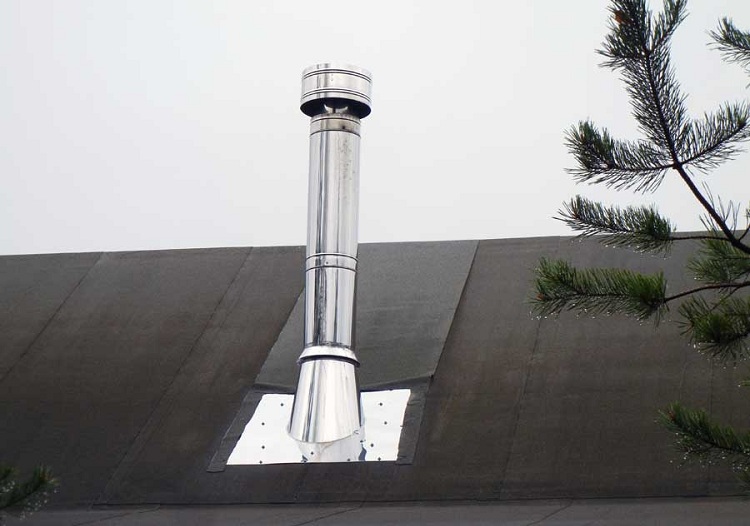
In calm weather, the TsAGI deflector may impair natural traction, but this disadvantage is not considered significant.
Note! As practice shows, it is customary to neglect these shortcomings in droves, as they are crossed out by the benefits of using a simple device.
Calculation and drawings of TsAGI deflector
To make a TsAGI deflector with your own hands, you must first calculate it and execute the drawings. This task is greatly facilitated by easily accessible drawings on the Internet and the ability to carry out calculations using special literature, tables, online calculators.
Selection or independent execution of the device is determined by the cross-section and shape of the air outlet.
With the most common round shape, the calculation of the TsAGI deflector requires accounting:
- the value of the inner diameter of the channel head, which coincides with the cross-section of the diffuser in its narrow part, that is, the smallest;
- the diameter of the channel in which the characteristics of the flow of the working medium are changed;
- ring height and diameter;
- the width of the umbrella (upper protective cap);
- the shape of the device itself, which should coincide with the shape of the outlet pipe of the air outlet;
- materials to be used for manufacturing.
The diagram shows (from top to bottom) the calculated ratios for:
- ring diameter;
- umbrella width;
- wide diffuser;
- ring heights;
- the distance from the diffuser (narrow part) to the ring (lower boundary);
- narrow diameter of the head and diffuser.
The height of the diffuser is determined by adding the height of the ring to the distance between the narrow part of the diffuser and the lower boundary of the ring. Having carefully performed the necessary calculations and sorted out the drawing of the TsAGI deflector, you can immediately proceed to the manufacture of the device.
Independent manufacture and installation of the device
You should start work if you have certain skills and self-confidence. For devices of standard sizes, the numbering (3-10) indicates the value of the diameter of the ventilation outlet in decimeters. Do not resort to changing the standard forms in order to avoid a violation of technical specifications.
Having prepared the tools and the metal sheet with a thickness of 0.3-0.5 mm, on the cardboard we perform the patterns of the main elements of the device - a diffuser, a ring, an inlet pipe and an umbrella. Brackets can also be made with their own hands from strips of galvanized metal with a width of 15-20 mm.
Performing patterns under the inlet pipe and the outer ring, having the shape of a rectangle, will not take much time.
The pattern for the umbrella is as follows:
- A circle with a diameter of 1.7 is drawn, as in the diagram of the calculations.
- The radius is made by two lines, separated at the bottom by an angle of 30º.
- When cutting the patterns, the area formed between the lines of the radii is deleted.
To perform the diffuser patterns, we again turn to the scheme of preliminarily performed calculations in order to obtain a truncated cone of the required size. You will need to use the following data:
- air outlet diameter;
- diffuser heights;
- the diameter of the circle corresponding to the increase in the diffuser in the wide part.
Important! When drawing a diffuser and a ring, you need to remember to add 10 mm along the edges to make the connection. Then it is desirable to rivet these edges slightly so that the connection is more reliable.
Cardboard patterns are as compact as possible placed on a metal sheet and encircled with a marker. To cut, use a grinder or scissors for metal. Having drilled holes at the joints, we fasten the elements using bolts or rivets. Having completed the assembly of the device, proceed to the installation. For fixing the lower cylinder, bolts are taken, for fixing the diffuser - the bracket., The legs of the umbrella are also fixed with bolts.
Far from the most complex device, with well-known dexterity, it can quite successfully be made and installed with your own hands. The TsAGI deflector, with the competent performance of all work and proper care, will be able to serve for a long time, while performing several functions at once and providing people with comfortable living conditions.
